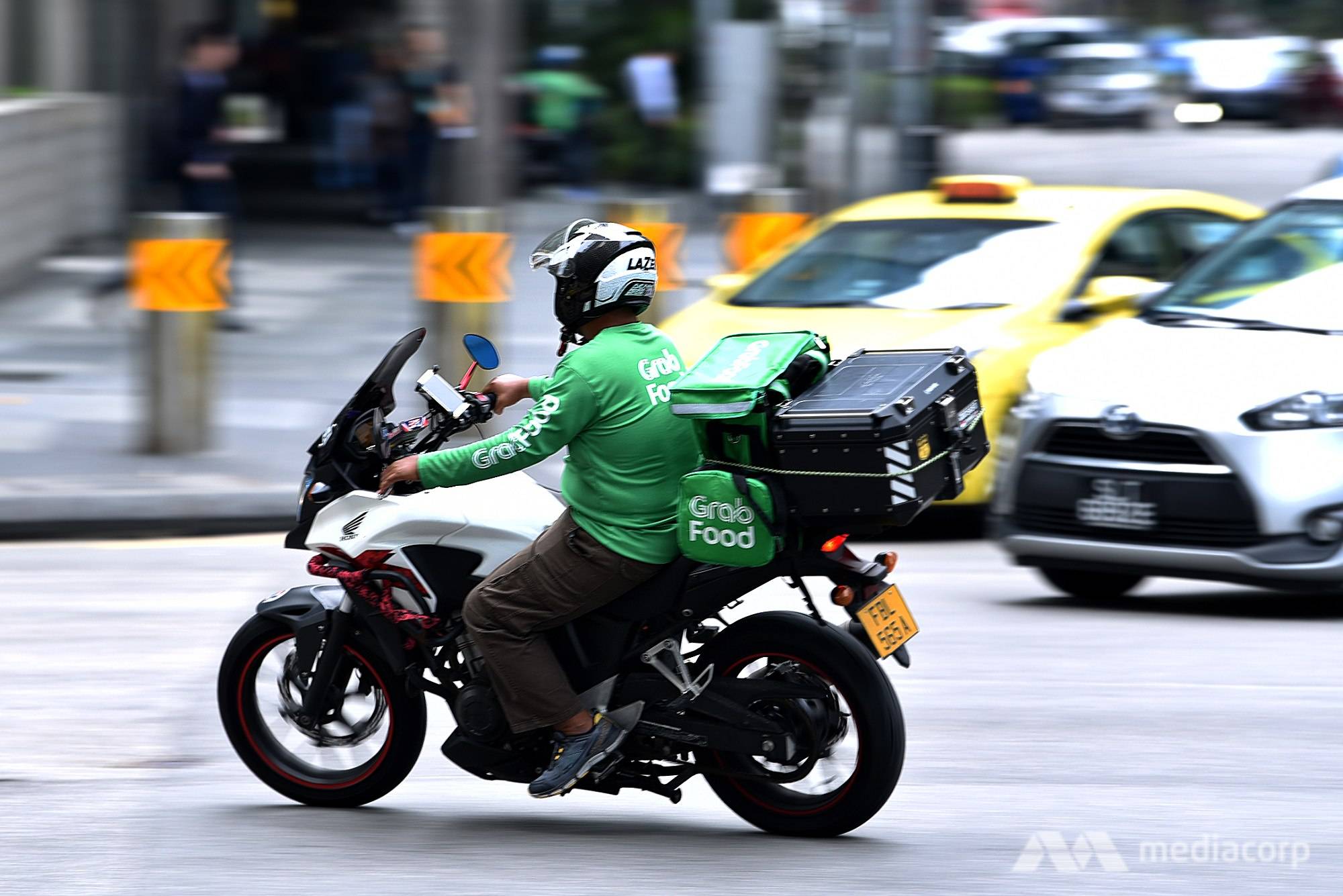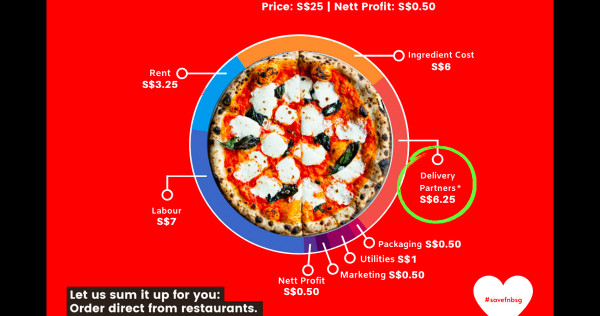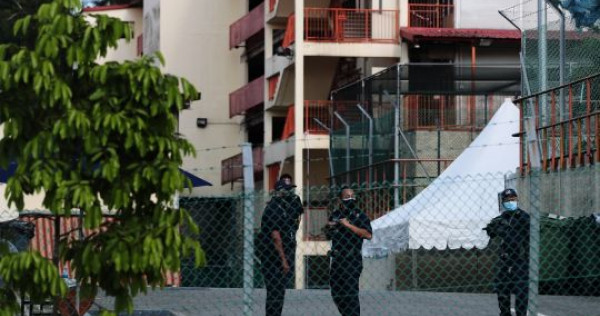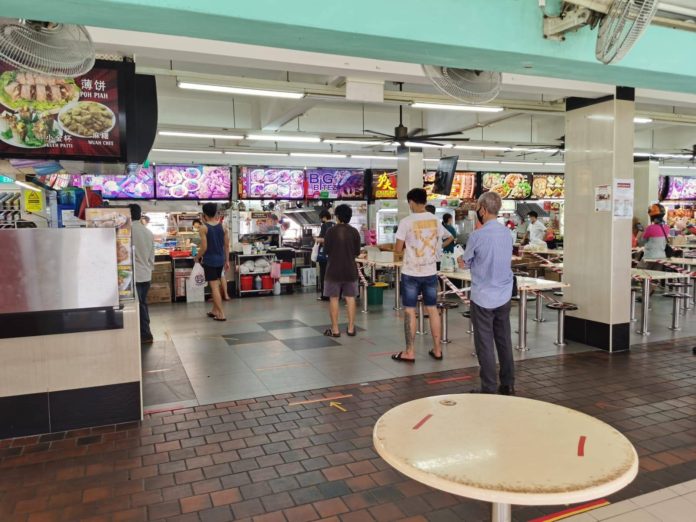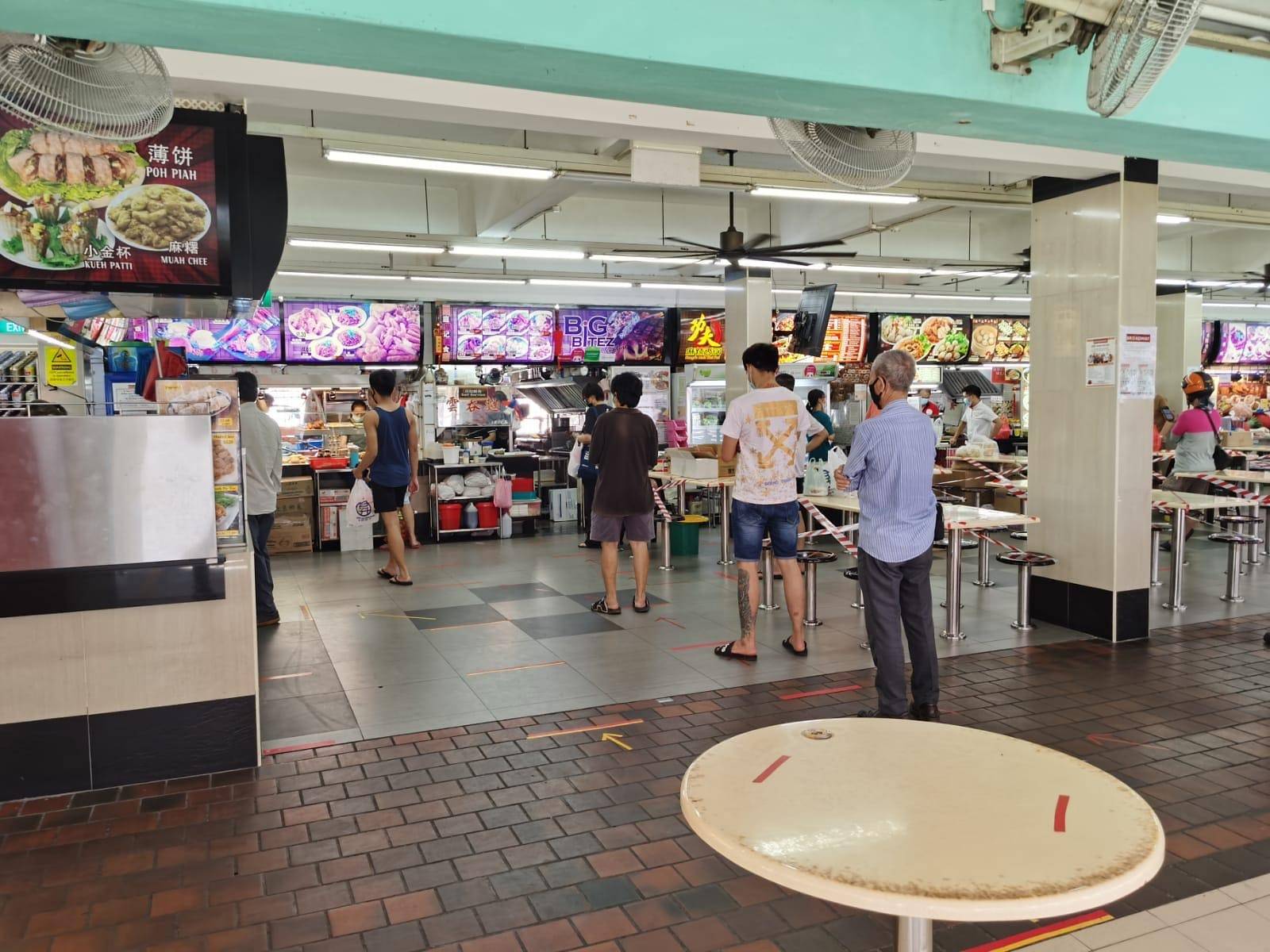SINGAPORE: Every year for the past six years, Ms Lena Edaya has looked forward to the annual Geylang Serai Bazaar, which her family-run home decor business depends on to make the bulk of earnings for the year.
With the event cancelled this year due to the COVID-19 pandemic, Ms Lena is trying to make her sales online. While some of her regular clients are inquiring on new designs and the firm is seeing some sales, it is little compared to what they make at the bazaar, she said.
“We don’t have a retail shop, so the bazaar boosts our sales for the year,” she said. The earnings from the bazaar typically make up 80 per cent of the annual revenue for the firm, Artist Touch.
READ: Hari Raya Bazaar at Wisma Geylang Serai deferred due to COVID-19 concerns: PA
The bazaar was an opportunity for her to meet new clients, and for them to stop by, even if they were not proactively looking for home decor, she said. Last year, the bazaar, typically held ahead of Hari Raya Puasa which falls on May 25 this year, attracted a record 2 million people.
“When people don’t see the item, they can’t feel the texture, see the rusticity of the wood grain. They can’t tell the difference between our products and other products,” she said.
Another vendor who finds that the online platform is not the best for his products is carpet shop owner Reza Fotohi. A stalwart vendor, Mr Fotohi has been selling his carpets from Fotohi Gallery at the bazaar for 22 years.
READ: Singapore reports record 386 new COVID-19 cases and 9th death
Carpets may have the same designs and colours but different qualities, and without being able to feel those, customers may not understand the difference between a S$100 carpet and S$1,000 carpet, Mr Fotohi said.
“Carpets are one of the trickiest items to sell online,” he said.
Mr Fotohi said that the bazaar helps him recover losses made throughout the rest of the year.
“From last year’s Hari Raya to now, it’s been nine months. We’ve not been able to cover all our costs every month. Some months, we might lose S$2,000, some months we might lose S$6,000,” he said.
Mr Fotohi is paying more attention to selling dates, which he also does as part of his business. But as a wholesaler, he typically relies on 25 distributors who only operate at the bazaar. He also supplies dates to mosques, which are closed during this period.
With both aspects of his business suffering, Mr Fotohi said he is jumping on the same bandwagon as other sellers, and is looking to auction his carpets online through live-streaming.
SELLING THROUGH LIVE-STREAMING
It might be the way to go, judging by the success of the Facebook live-streaming carpet sales conducted by event organiser Mohamad Ishmam Jalil.
Mr Ishmam, who usually buys and resells booths at the Geylang Serai Bazaar, is this year helping vendors sell their products online.
“Some of these businesses don’t know how to sell online, they are traditional,” he said.
Mr Ishmam, with a team of six, does marketing for these businesses and sets up a live stream on Facebook through a page called Live Ramadhan Sales 2020. It is important for the set-up to be professional, with good lighting and sound, to make sales, he said. He also organises delivery for them.
Among the items he is helping to sell are carpets. Within two hours during a live stream, he is able to make S$1,000 to S$2,000 in sales, he said.
He also successfully applied to the Ministry of Trade and Industry for one of his clients, a shop selling baju kurung, to stay open for the live-stream. Shops providing non-essential services and products are closed till May 4, under circuit breaker measures implemented by the Government.
However, he said that clothes move slower.
“Some people are worried that they cannot celebrate with the families and friends this year, and that there will be no purpose in buying clothes,” he said.

A Facebook page created to sell items for Hari Raya through live-streaming.
Fortunately, some are still buying, to take part in the spirit of the festive season, he added.
Mr Ishmam is helping the vendors on a goodwill basis, bearing most costs, and taking a small cut only when sales are made.
TRYING TO HELP VENDORS
Others have also chipped in to help bazaar vendors in any way they can. Mr Md Noor Hadi, who co-owns an event organising business, is in the process of setting up an “e-bazaar” site which will go live next week.
He said that the vendors are carefully curated to ensure that they are selling Hari Raya-related items. He is also hosting CelebFest, an annual star-studded event, on the same site, ebazaar.sg. The event was to be held in May at Suntec City.
Ms Huda Rahmat also wanted to help when she saw some retailers sharing their worries online once the cancellation of the bazaar was announced.
“I saw quite a number of our sellers who usually open a booth at the bazaar worrying over their stock,” she said.
She started a Facebook group called Bazaar Ramadhan Singapore 2020 in mid-March. By the end of the day, the group had 4,000 members. About a month later, on Apr 14, it had more than 33,000 members.
One of the retailers who was worrying about having ordered too much stock was Ms Namelia Hamzah, owner of Alana Exclusive, an online clothing shop.
Ms Namelia, who manufactures matching mother-and-daughter outfits just for the Hari Raya season and has been a bazaar vendor for the past three years, said that she started making preparations for this year’s stock in December last year.
While she was fretting about whether her stock will move, Ms Namelia is grateful for additional platforms to showcase her items, like the Facebook group started by Ms Huda.
“I am getting orders from there. Not much, but at least there are new customers,” she said.
BOOKMARK THIS: Our comprehensive coverage of the coronavirus outbreak and its developments
Download our app or subscribe to our Telegram channel for the latest updates on the coronavirus outbreak: https://cna.asia/telegram

